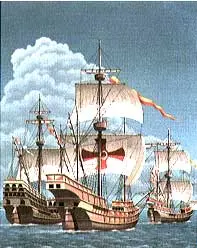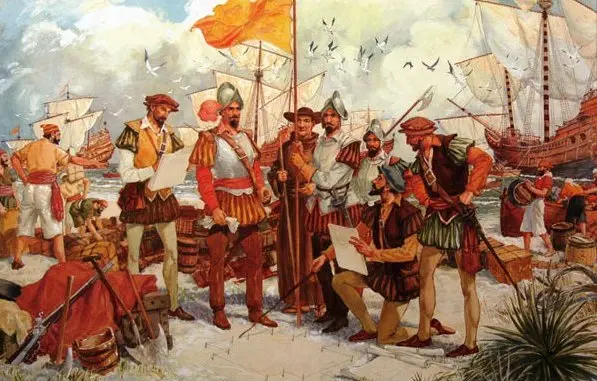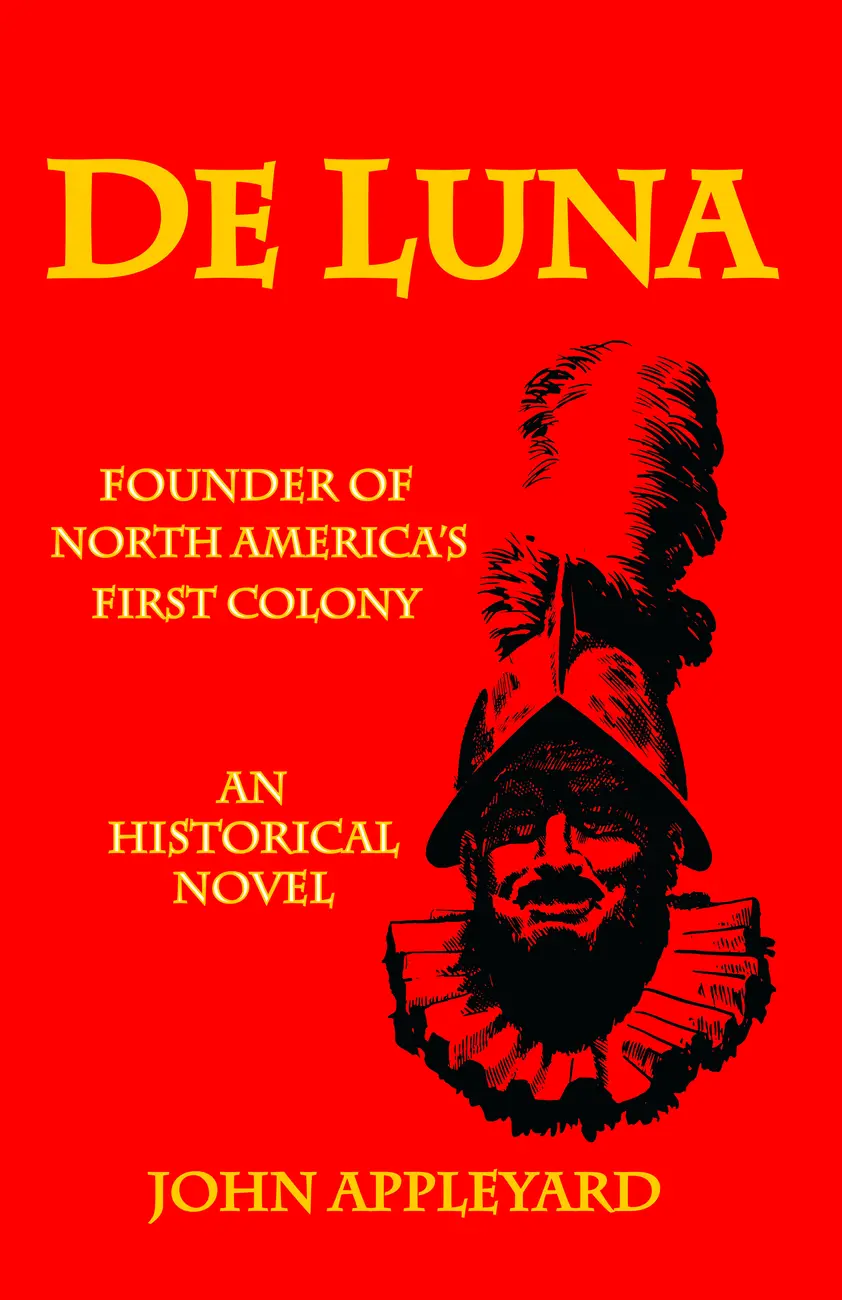A fleet of ships carrying 1,500 colonists sailed into what is now Pensacola Bay on August 15, 1559. The men, women, and children aboard the ships were led by Spanish conquistador Don Tristan de Luna.
De Luna’s plan was to establish the first permanent European colony in North America. He called the settlement site Ochuse, La Florida. We call it Pensacola, Florida. The colony at Ochuse was to be the first in a series of settlements that would spread west along the gulf coast and north into the heart of the continent, securing the territory for Spain.
Before the colonists could finish unloading their ships, a violent hurricane struck, sinking the fleet.
Although the colonists persevered for two years in difficult circumstances, de Luna was forced to abandon his attempted settlement in 1561. The colonists were dispersed to Mexico, Cuba, and Spain.
Today, de Luna’s misfortune is providing amazing research opportunities for professional archaeologists and students at the University of West Florida. The Emanuel Point Shipwreck Site was discovered at the bottom of Pensacola Bay in 1992, revealing two ships from de Luna’s doomed colonization attempt.
Every summer, the University of West Florida conducts a field school at the Emanuel Point Shipwreck Site, allowing students to dive in teams, searching for lost artifacts in the murky water.
“Both ships are very well preserved. They are both buried to various degrees,” says UWF faculty member Gregory Cook. “A variety of items have been found on both of them, from armaments, to supplies, faunal remains, animal remains, plant remains.”
Among the most exciting items to be excavated from the de Luna ships are stone cannon balls, copper arrow tips to be used with a crossbow, and a small wooden carving in the shape of a Spanish galleon.
“We’re continually surveying and searching for other vessels in the fleet,” Cook says. “It’s really pretty unprecedented to have two vessels and possibly as many as four or five in the bay from a single fleet.”
The discovery of the Emanuel Point Shipwreck Site confirmed conclusions drawn by Pensacola author John Appleyard in his 1977 historical novel “De Luna: Founder of North America’s First Colony.”
Appleyard carefully studied all of the available documentation of de Luna’s expedition, and determined the correct location of de Luna’s landing site. Two other popular theories placing the settlement attempt at different locations were shown to be incorrect by the archaeological discoveries in Pensacola Bay.
Like any writer of good historical fiction, Appleyard logically fills any gaps in demonstrable fact with reasonable supposition and a slight bit of artistic license. A new paperback edition of his novel was published by the Florida Historical Society Press for the 450th anniversary of de Luna’s attempted colony.
In addition to being a writer, Appleyard was one of the first successful proponents of cultural and heritage tourism in Florida, helping to organize the Fiesta of Five Flags.
“De Luna was a historical figure that had largely been lost in the pages of history,” says Appleyard. “In 1949, a group of local businessmen came together recognizing that Pensacola needed something of a magnet for tourism. Someone suggested that a Fiesta, an annual celebration be held, and that de Luna become the magnet at the center of it.”
Since 1950, the Fiesta of Five Flags has been held every year in Pensacola. A series of events recognizes de Luna’s attempted colony and the Spanish, French, British, Confederate, and American flags that have flown over Florida.
St. Augustine, established by Pedro Menendez de Aviles in 1565, is recognized as the oldest continuous European settlement in North America. Had de Luna been able to create a permanent colony at Pensacola six years earlier and expand northward and westward as he had planned, American history may have been quite different.
The power of a hurricane should never be underestimated.
Dr. Ben Brotemarkle is executive director of the Florida Historical Society and host of the radio program “Florida Frontiers,” broadcast locally on 90.7 WMFE Thursday evenings at 6:30 and Sunday afternoons at 4:00, and on 89.5 WFIT Sunday mornings at 7:00. The show can be heard online at myfloridahistory.org.


